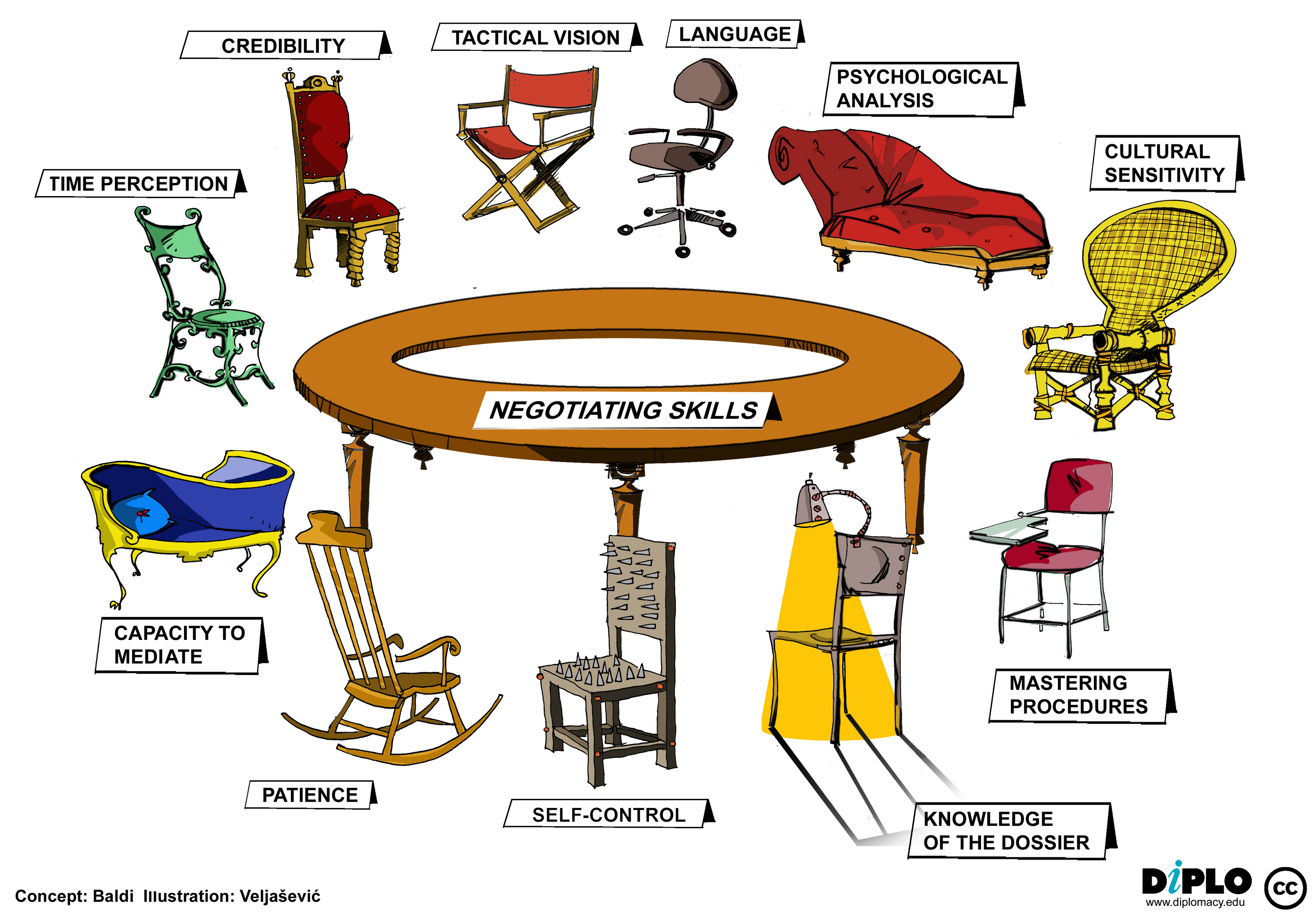An effective team is much more than a group of people who are put together to accomplish a goal. Here a list of the purpose and benefits of working with other people to achieve agreed goals and objectives:
Team Building is a process that requires due attention and care. So care needs to be taken to go through all the development stages so that troubles and setbacks are avoided.
Vision The teams need to spend some time exploring and understanding what the purpose and vision of the team is. They then need to set goals and objectives so that it helps the team stay focused on their objectives and to be on track.
Managing Conflict Conflict can be an inevitable consequence of working with other people. Opinions, values, styles, and a lot of other issues lead to disagreements within the team. But all disagreements need to be considered carefully and given thought, which will help the team run effectively.
Roles and Structure Each member of the team work differently, think differently and this difference when put together in the team maximises team performance. Also it has to be made sure that the right people are employed in the right role.
Team and Member Development No matter what role a person plays in a team, or what tasks he or she has been assigned to, there is almost always room for personal improvement. When the individuals on a team are functioning at high capacity, the team itself flourishes.
Understanding and Cooperation When we consider a successful team, all the members of team work in the same direction towards the same goal and work for the same purpose.
When priorities and goals differ or diverge from what is required of, unnecessary stress and tensions appear within the team.
Find more on: http://livingsta.hubpages.com/hub/Work-with-Other-People-in-a-Business-Environment-OCR-NVQ-Level-3-Diploma-in-Business-and-Administration









Recent Comments